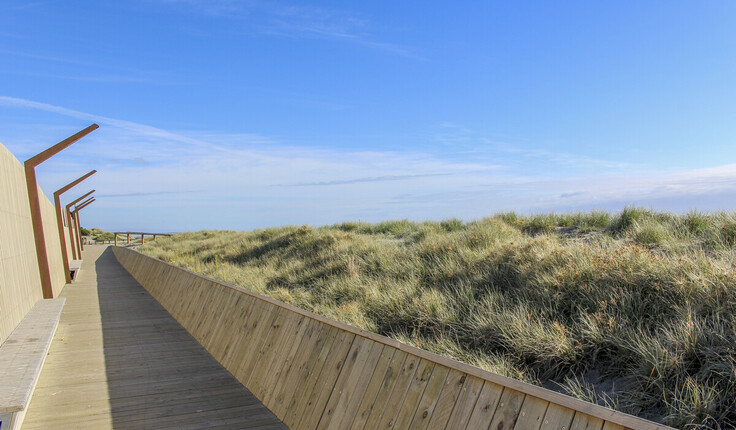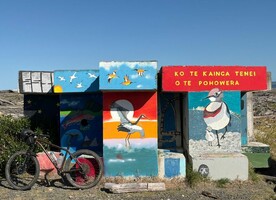News
National Policy Statement for Indigenous Biodiversity
Posted 26 07 2023
in News

In force from 4 August 2023
The National Policy Statement for Indigenous Biodiversity (NPS-IB) comes into force on 4 August 2023.
A recent article published by Daniel Minhinnick, Kirsty Dibley, and Nina Dally (Russell McVeagh), highlights some of the challenges that lay ahead. A summary of the article is provided, with permission, below.
Alongside the National Policy Statement for Highly Productive Land and National Environmental Standards for Freshwater, the NPS-IB contributes to the mounting challenges for developers and infrastructure providers.
The primary aim of the NPS-IB is commendable: to preserve indigenous biodiversity across Aotearoa New Zealand, ensuring no net loss in biodiversity after its implementation. However, as currently formulated, the NPS-IB allows limited flexibility to address other nationally significant matters efficiently and holistically. This rigidity may impede land development and infrastructure projects. Moreover, adhering to the prescribed approach for managing impacts on indigenous biodiversity will prove intricate, costly, and time-consuming for various stakeholders, including already resource-strained councils.
Implementation Timeline and Immediate Implications
The National Policy Statement for Indigenous Biodiversity (NPS-IB) necessitates that councils adopt the policy as soon as reasonably possible. However, there has been a five-year window to accommodate this change and relevant provisions. This extended lead time might coincide with the national planning framework, adding further complexities and costs.
Nevertheless, the NPS-IB will immediately influence consenting and designation processes, particularly in areas with SNAs or similar designations in the district plan. Even in the absence of a council's plan change to implement the NPS-IB, it can still have substantial implications.
Identification of Significant Natural Areas
Councils are required to map SNAs using specific assessment criteria to identify significant indigenous vegetation or habitat for indigenous fauna qualifying as SNAs. Incorporating these SNAs into district plans poses a significant challenge for already resource-strained councils. Misclassification of areas as SNAs may hinder development potential, leading to major consequences. The use of the assessment criteria must be carefully monitored, potentially requiring expert ecological advice, which will increase development costs, affecting affordable housing and timely infrastructure delivery.
Effects on Significant Natural Areas
Councils must amend planning documents to avoid adverse effects on SNAs, except in specific cases, such as specified infrastructure. This exception requires demonstrating significant national or regional benefits, a functional or operational necessity in the location, and no practical alternative sites. As identified by the NZILA RMA working group in both its submission on the Natural Built Environment Bill and highlighted again in a supplementary letter to Minister Parker, this high threshold might hinder efficient infrastructure provision and development, particularly if councils adopt a conservative approach to SNA identification.
Protection for Established Activities
The NPS-IB allows protection for established activities that may impact SNAs, provided their effects do not intensify over time or result in loss or degradation of the SNA's ecological integrity. Ambiguity surrounds the term "established activities," raising questions about the protection of 'authorised' but not fully implemented activities and the security of investment.
Indigenous Biodiversity Outside SNAs and Highly Mobile Fauna
The NPS-IB also requires councils to record areas outside SNAs designated as highly mobile fauna areas and develop provisions for managing adverse effects on those areas. Further, councils must change their planning documents to align with the NPS-IB's objective and policies concerning indigenous biodiversity outside SNAs. However, the rigid framework, aiming to maintain indigenous biodiversity without an overall reduction, sets a high threshold for effects management. This may hinder development on areas designated for urban growth and infrastructure projects.
Contributors: Daniel Minhinnick, Kirsty Dibley and Nina Dally (Russell McVeagh)
19 Dec
Christmas break 2025

see you from 12 January
As we wrap up another big year, we’re taking a moment to pause, breathe, and enjoy a well-earned break. Meri …
18 Dec
President’s update

December 2025
Earlier this month I attended the Ngā Aho Māori Design Professionals Wānanga-ā-Tau at Te Aranga Marae in Flaxmere. Tuia Pito …
18 Dec
Awards 2026 update

An update as we warm up for the 2026 Awards kaupapa. Submissions will open in March and will run for …
Events calendar
Full 2025 calendar